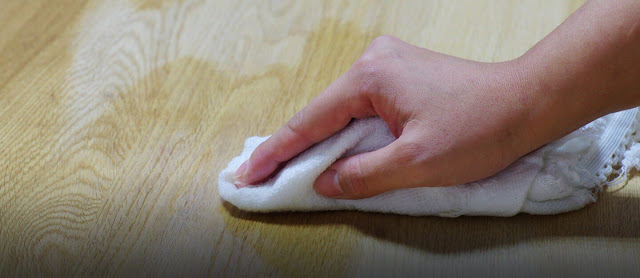Elevate Your Home: The Art of Furniture Polishing
Shimmers and Gleaming Surfaces: Mastering the Craft of Furniture Polishing
In the realm of interior design, furniture polishing serves as the cornerstone of ambiance, functionality, and aesthetic appeal. Whether your style leans towards modern minimalism or embraces the warmth of traditional decor, one universal truth remains: well-polished furniture can transform a room from ordinary to extraordinary. It's not just about cleanliness; it's about elevating the beauty of your living space to new heights.
The Beauty of Wood: Nurturing Nature's Elegance
Wood, with its organic allure and timeless charm, remains a staple material in furniture crafting. However, to maintain its natural splendor, periodic polishing is essential. A high-quality wood polish not only restores luster but also nourishes the wood, preventing it from drying out and cracking over time. Whether it's the rich mahogany of an antique armoire or the sleek lines of a Scandinavian-inspired coffee table, the right polish can enhance the wood's innate beauty, bringing out its unique grain patterns and hues.
The Art of Precision: Techniques for Flawless Polishing
Achieving that coveted gleam requires more than just a few sprays and wipes. The art of furniture polishing demands precision and care. Begin by dusting the surface thoroughly to remove any debris that could scratch the finish. Next, apply a small amount of polish onto a soft cloth or sponge, ensuring even coverage across the entire surface. With gentle, circular motions, work the polish into the wood, allowing it to penetrate and revitalize the surface. Finally, buff the furniture with a clean, dry cloth to reveal its radiant sheen. Remember, patience is key; rushing through the process can lead to streaks and uneven results.
Beyond Wood: Polishing Other Materials with Panache
While wood may steal the spotlight, other materials deserve equal attention. From sleek glass tabletops to elegant marble countertops, each surface requires its own specialized polish and care regimen. For glass, a spritz of glass cleaner and a lint-free cloth can banish smudges and fingerprints, leaving behind a crystal-clear shine. Marble, on the other hand, benefits from a gentle pH-neutral cleaner to prevent etching and maintain its natural luminosity. By tailoring your polishing techniques to the specific needs of each material, you can ensure that every piece of furniture shines bright in its own right.
Preserving the Past, Embracing the Future: The Role of Polishing in Sustainability
In an era marked by environmental consciousness, the concept of sustainability extends far beyond recycling bins and energy-efficient appliances. It also encompasses the preservation and restoration of existing resources, including cherished furniture pieces passed down through generations. By regularly polishing and caring for these heirlooms, we not only honor their legacy but also reduce the demand for new, resource-intensive furnishings. In essence, furniture polishing becomes an act of both preservation and conservation, bridging the gap between past and present with each lovingly applied coat.
A Reflective Journey: Discovering the Beauty in Every Surface
In the hustle and bustle of daily life, it's easy to overlook the subtle beauty that surrounds us, from the intricate grain of a wooden tabletop to the delicate veining of a marble slab. Yet, through the art of furniture polishing, we are reminded to pause, to appreciate, and to nurture the inherent splendor of our living spaces. So, the next time you reach for that bottle of polish, consider it not merely as a household chore but as an opportunity to elevate your home, one shimmering surface at a time. After all, within the reflective depths of polished furniture lies a world of beauty waiting to be rediscovered.




Comments
Post a Comment